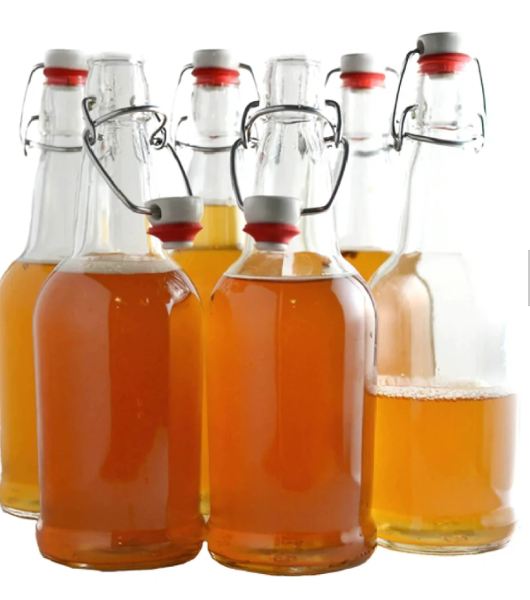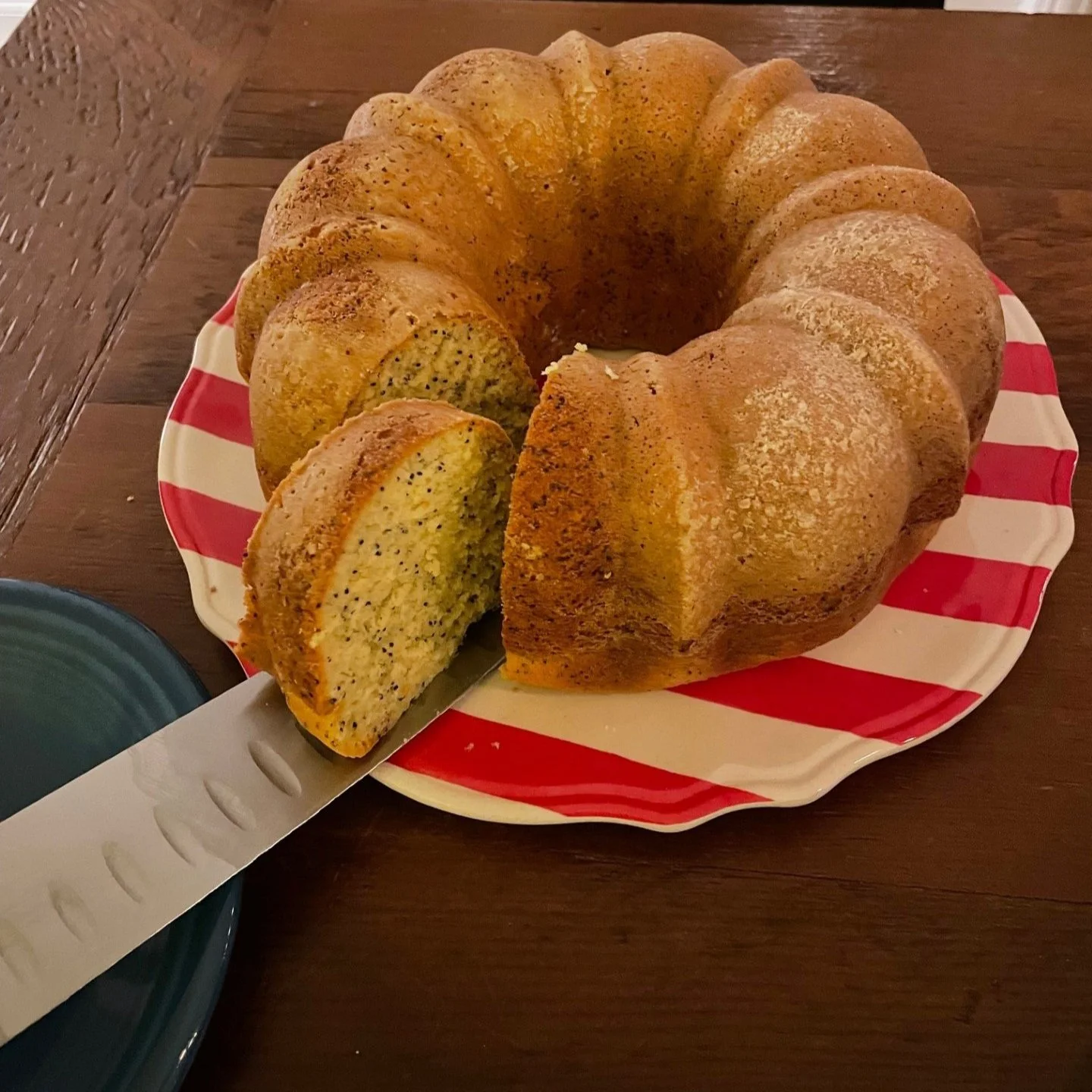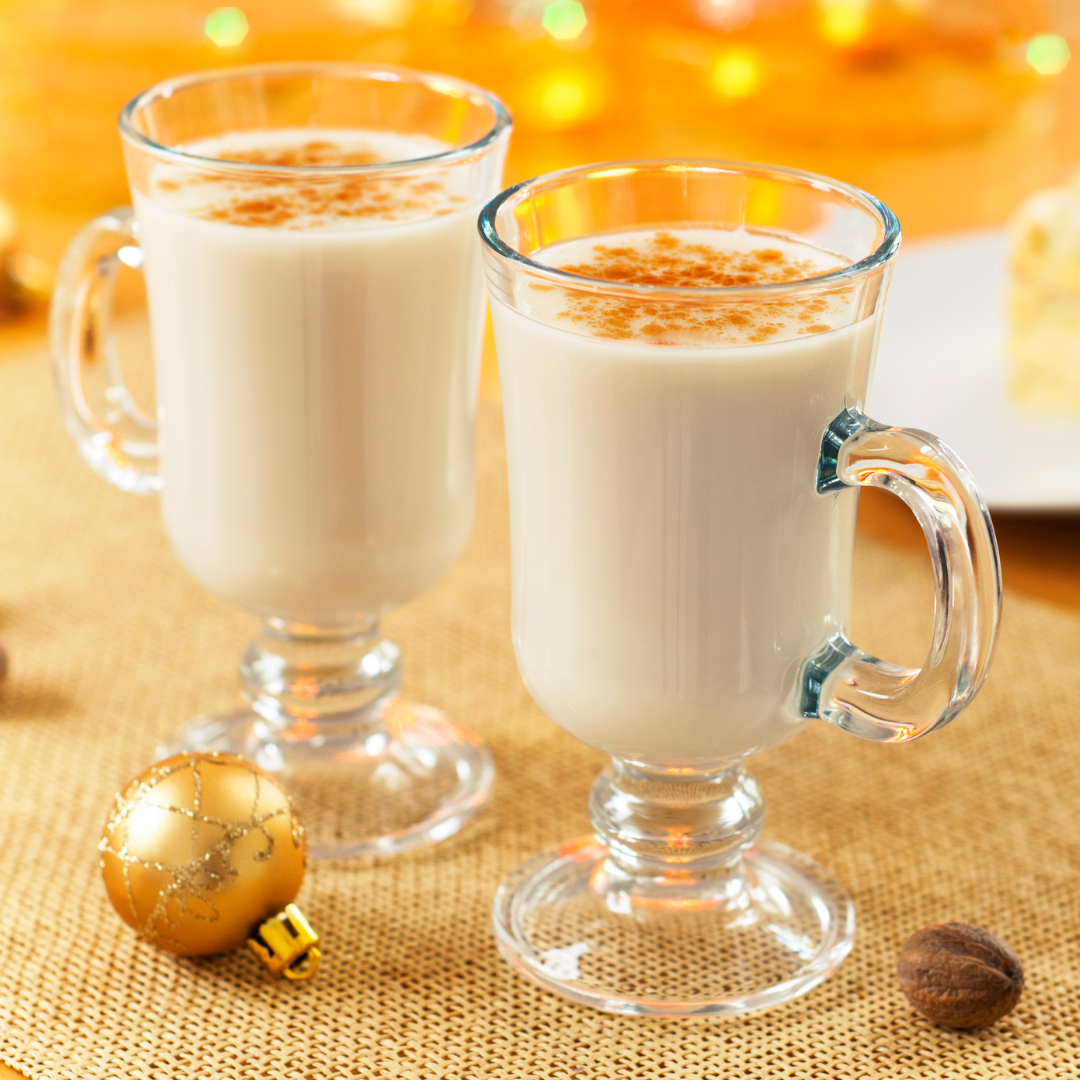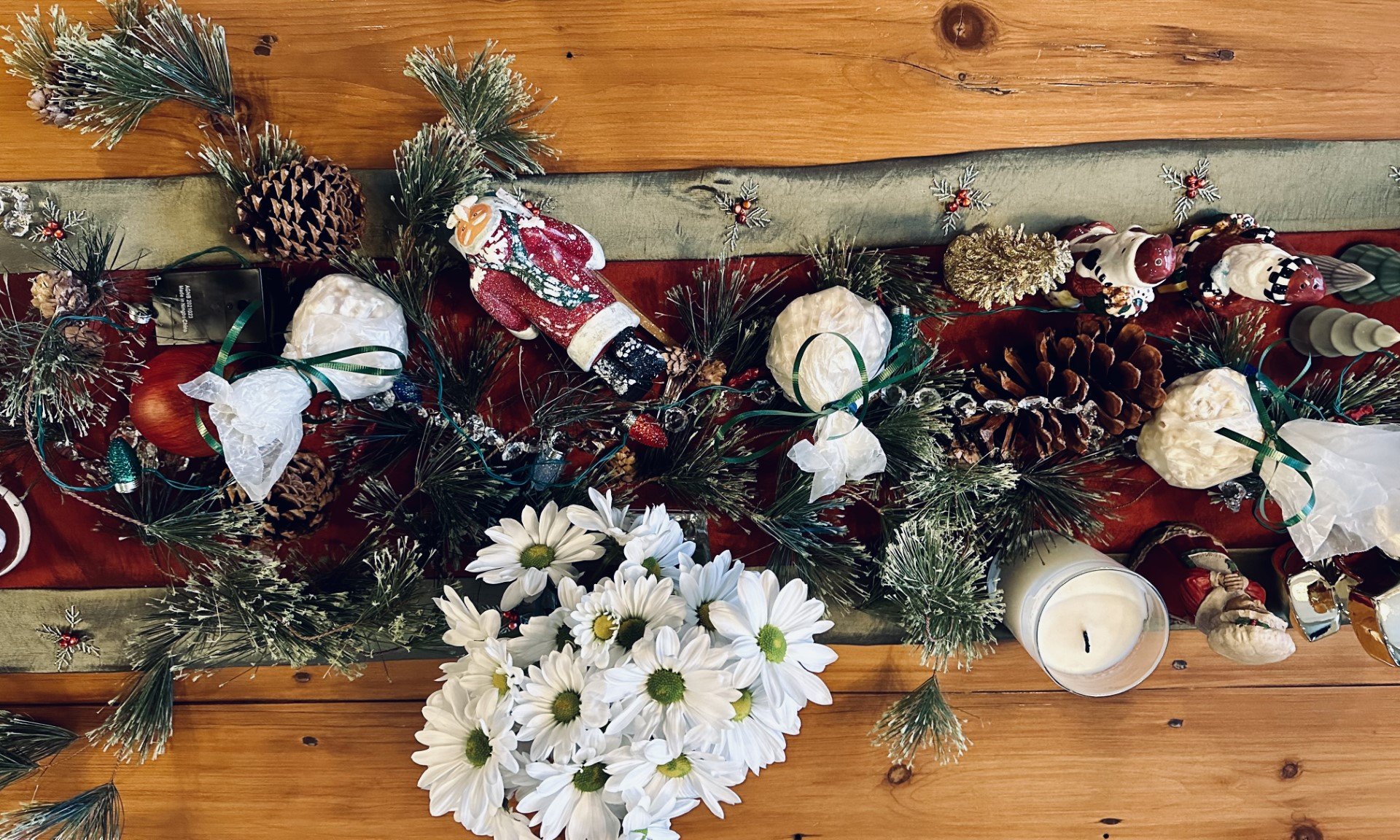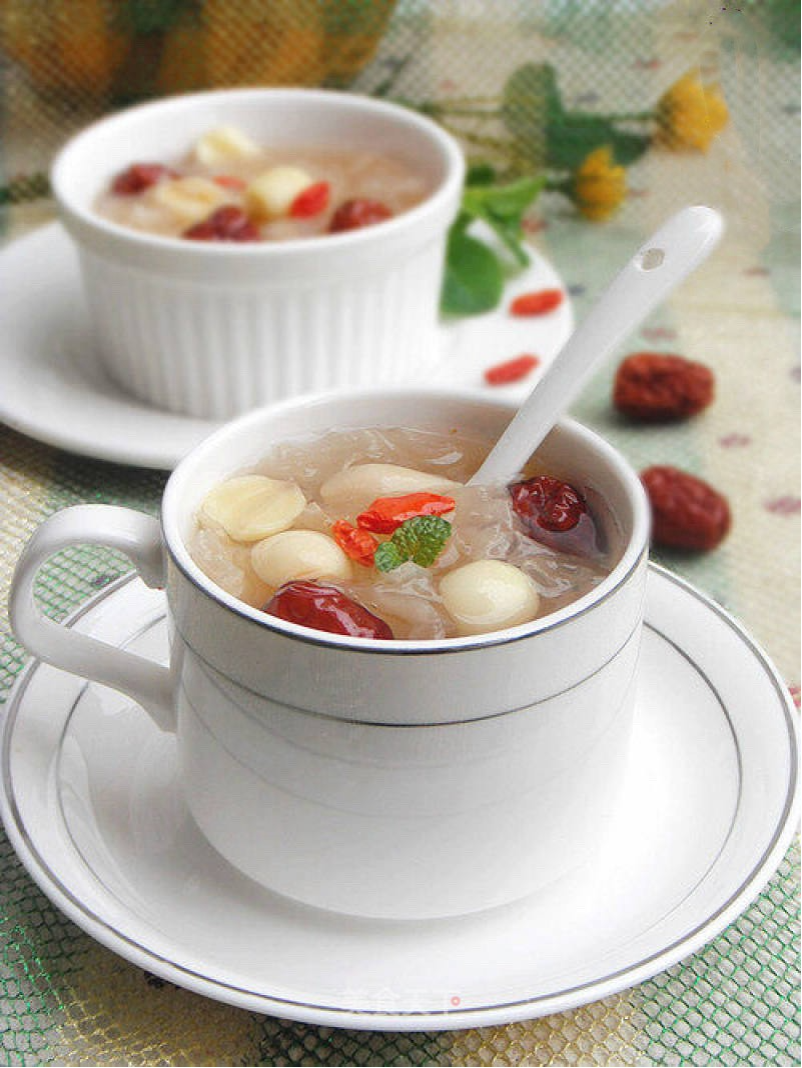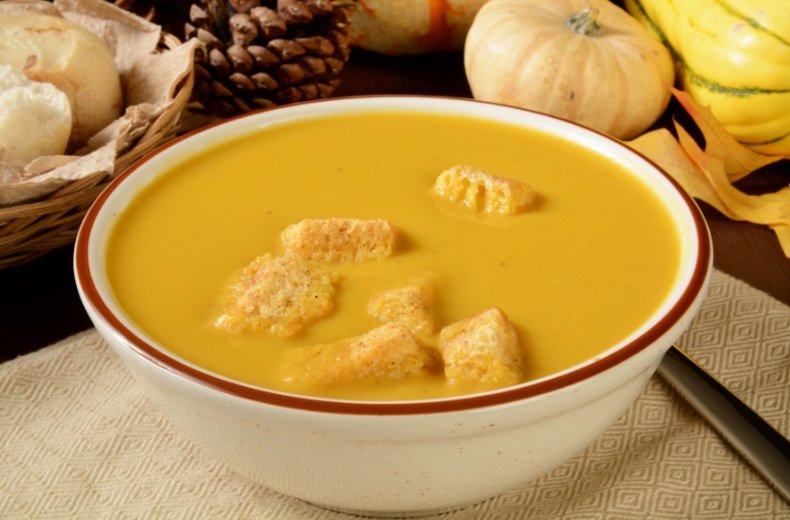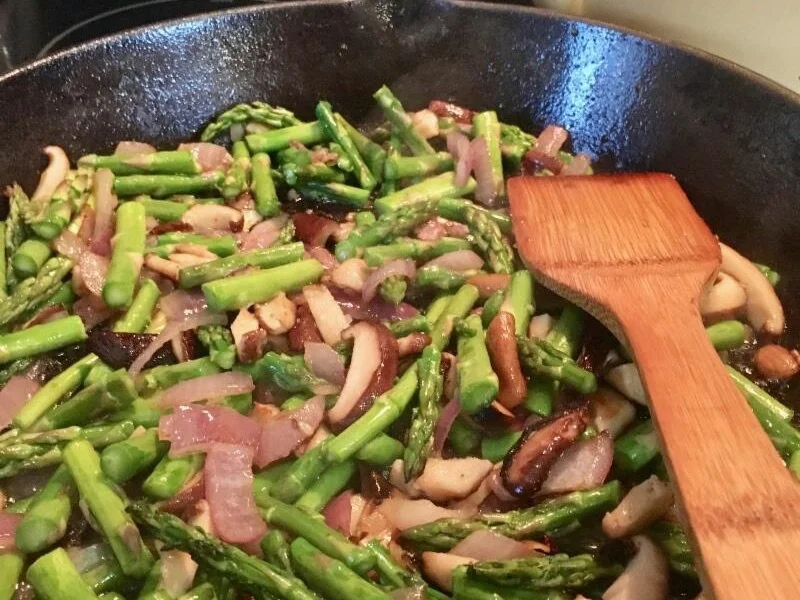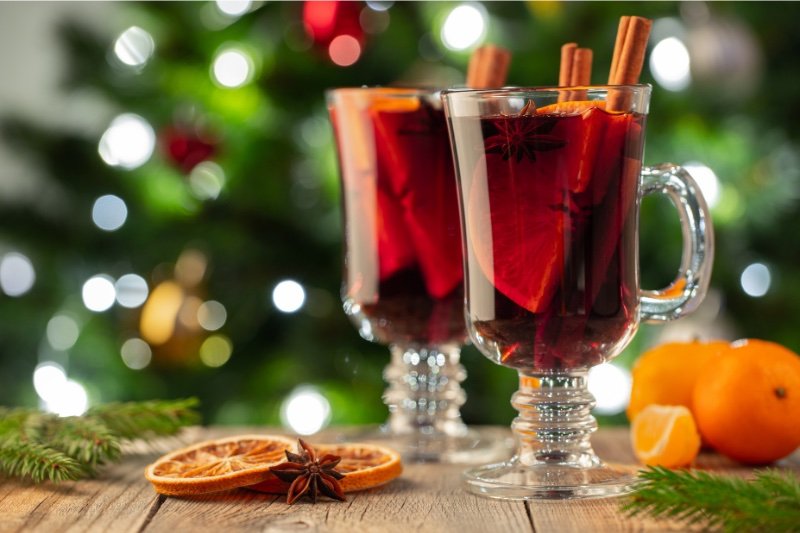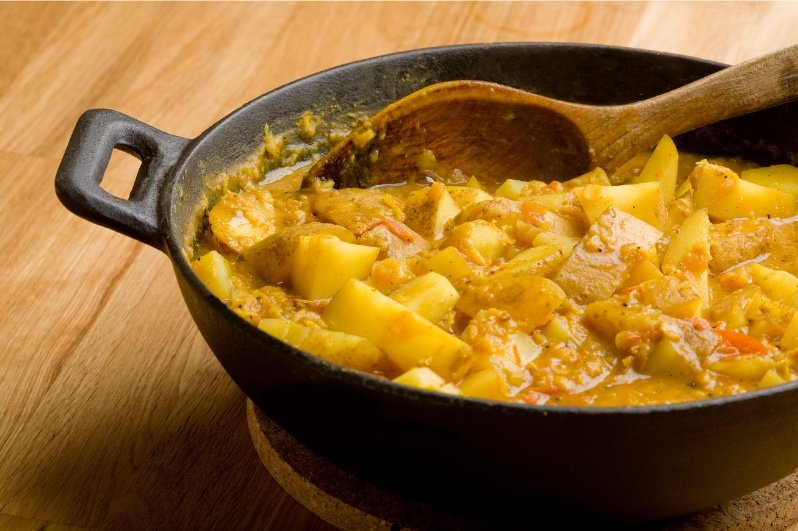Tepache: Homemade Probiotic Pineapple Brew
/By Maureen Farley – Last Updated September 16, 2024
Tepache is a yummy, lightly sweet, and refreshing drink prepared using only three ingredients: pineapple, sugar, and water. Similar to kombucha, it is carbonated, probiotic, and contains a small amount of alcohol, usually about two to three percent. It is believed that tepache helps restore intestinal flora, especially if consumed before breakfast, due to its probiotic content. It contains vitamin C, a powerful antioxidant, and bromelain, an enzyme that helps flush out your digestive system with its diuretic and protein-digestion properties.
Tepache, otherwise known as tepache de pina or pineapple beer, is a fermented drink that comes from Mexico. It was originally prepared with corn in the states of Veracruz and Oaxaca. Many variations exist, depending on the region. Sometimes tepache is spiced with cinnamon and cloves, sometimes with ginger or lemon, or other with fruits such as berries. Like kombucha, it can be flavored to suit your taste; the options are endless.
This is how the fermentation process works: Yeast lives virtually everywhere, and it can be harnessed to make delicious foods and beverages. Yeast living on flour makes sourdough, yeast on tea makes kombucha, and yeast on pineapple skin makes tepache. By feeding the yeast what it loves to eat (sugar) you create flavor, bubbles, and probiotics.
Making tepache is simple. My first attempt resulted in a lightly sweet pineapple soda-like drink with lots of bubbles, and it wildly exceeded my expectations. I’ve never actually had a batch fail. If I can do it, anyone can.
RECIPE
Ingredients:
Pineapple peel and core: Conventional pineapples are grown with lots of pesticides, so obtain organic if possible. Remove the crown and base of the pineapple and then rinse the body of the pineapple with cool tap water to remove potential pests and dirt. Don’t scrub or use hot water – we want the naturally occurring yeast to remain on the skin. Cut the peel from the pineapple in big chunks, leaving about ½-inch of the pineapple flesh on the peel. Remove the pineapple core from the flesh.
Sugar: Use either 1 large piloncillo cone (traditional Mexican sugar) or 1 cup brown sugar or white sugar. I usually use brown sugar because I tend to have it on-hand.
Water: Use filtered, non-chlorinated water, or distilled water to ensure that fermentation is not inhibited by chlorine. (I did use tap water once in a pinch, and it worked fine.)
Optional flavors: Use any or all of these: 2 thumbs sliced ginger, ½ red chili, 1 cinnamon stick, 3 whole cloves, or anything you might add to kombucha
Steps:
Dissolve sugar in 8 cups of water. If you are using piloncillo sugar or old, clumpy brown sugar, you may need to heat the water to dissolve the sugar. Be sure to let it cool before proceeding to make sure our yeast friends survive. Add the sugar water solution to a large sterile glass jar, pitcher, or ceramic crock.
Add optional flavoring ingredients and pineapple rinds and core. Submerge all solids in the liquid to prevent molding by weighing them down using a small glass plate, cup, or fermentation weights.
Cover the jar with a clean dish towel or a few layers of paper towels and secure with a rubber band or use a pickle pipe or a water lock. Place jar in a dark spot or on your countertop covered by a dishtowel.
Now it's fermentation time! After about 24 hours check your brew and remove any white scum that may be present on top of the liquid. Then let sit another 24–36 hours. If your house is warm, it will be done more quickly. Letting it go too long will result in vinegar. When you see many small bubbles on top, it’s ready. Remove scum and strain. You can either drink right away or carbonate in a second fermentation.
A second fermentation is optional and also recommended because this is when bubbles are born! With the bubbles comes pressure build-up inside the bottles. And the tepache can be very bubbly – like Sprite. There is a risk of bottles exploding, so check on your bottles regularly and use care when storing and handling. I put mine in a covered plastic storage bin just in case. To prepare for a second fermentation, remove any scum on top and strain the liquid through a fine mesh sieve or cheesecloth. Funnel liquid into fermentation bottles. I use the ones with flip-top caps. Mason jars don’t work because they allow air to escape which will result in no bubble formation. Wine bottles don’t work because the corks blow out. Set the bottles somewhere dark and allow them to ferment for 1–3 days. Check every 12–24 hours until the desired level of carbonation is reached. Move bottles to the refrigerator when done. Keep the finished tepache in a sealed container in the refrigerator for up to a year. In theory, like most fermented beverages, it will last virtually forever due to its acidity (it never hangs around my house long enough to test that). Over time, the flavors continue to develop to be yeastier, like beer, and less sweet, like pineapple soda.
Tepache can be enjoyed straight-up, over ice, cut with sparkling water, or in a cocktail. Here are some taste-bud-dazzling treats I’ve tried:
Mezcal, Cointreau, muddled fresh strawberries and pineapple, and lime juice
Rum and lemon juice
Tequila, ginger juice, honey, and lime juice
Pear juice, agave syrup, muddled Thai basil, and lemon juice


